Home>Furniture & Design>Living Room Furniture>How To Set Up A Formal Dining Table
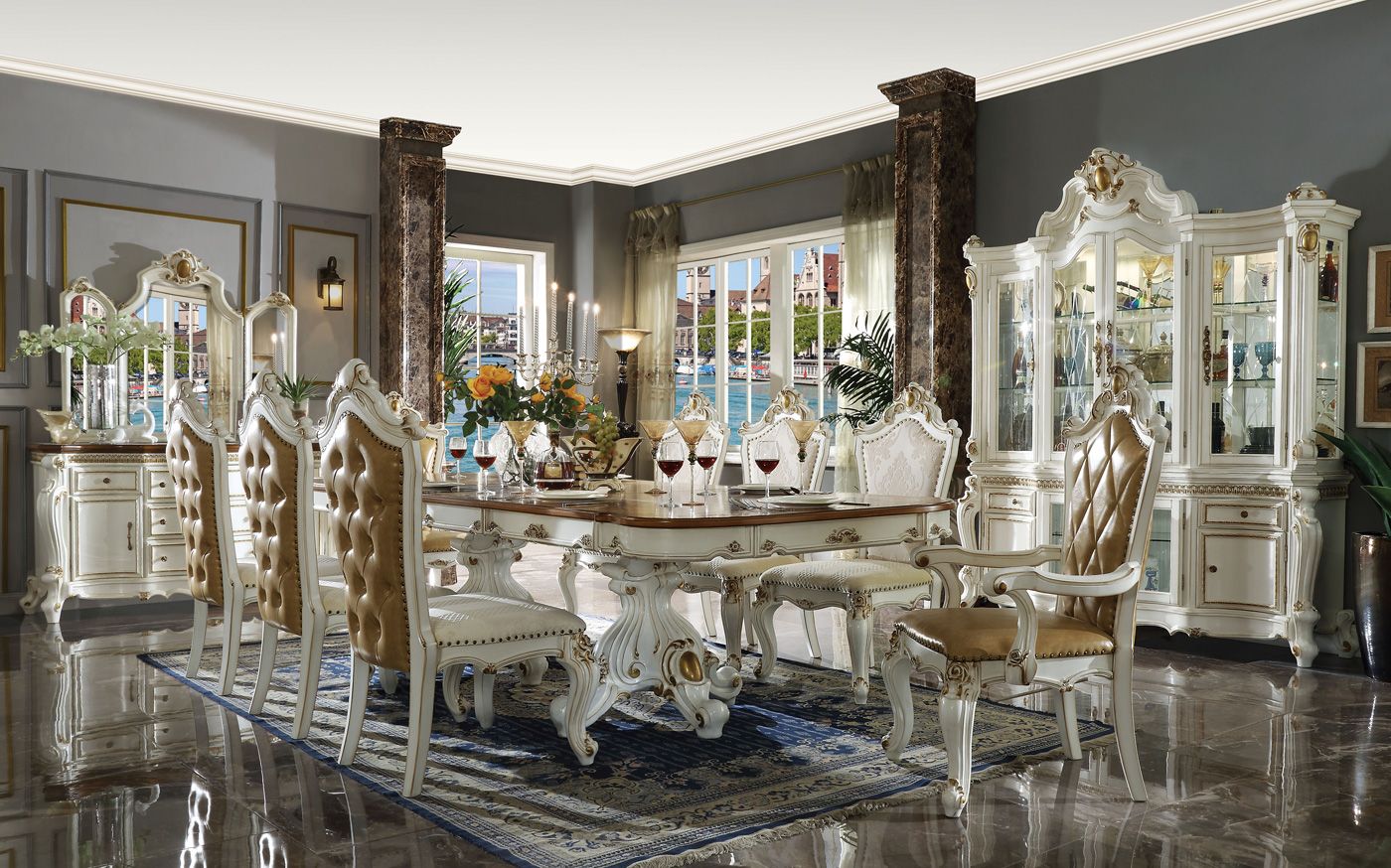

Living Room Furniture
How To Set Up A Formal Dining Table
Modified: January 18, 2024
Learn how to set up a formal dining table with our expert tips and advice. Create a stylish and inviting space with the right living room furniture, furniture, and design.
(Many of the links in this article redirect to a specific reviewed product. Your purchase of these products through affiliate links helps to generate commission for Storables.com, at no extra cost. Learn more)
Introduction
Setting up a formal dining table is an art that can elevate any dining experience. Whether you are hosting a sophisticated dinner party or enjoying a special family meal, the way you arrange the table can set the tone for the entire event. From selecting the right table to choosing the perfect tableware, every detail plays a crucial role in creating an inviting and elegant atmosphere.
In this comprehensive guide, we will delve into the intricate details of setting up a formal dining table. From selecting the ideal table to arranging the finest tableware, we will explore each element step by step. By the end of this journey, you will have the knowledge and confidence to create a stunning tablescape that will leave a lasting impression on your guests.
So, let's embark on this enchanting journey into the world of formal dining table setup, where every element harmoniously contributes to a feast for the senses.
Key Takeaways:
- Elevate your dining experience by selecting the right table, tableware, and arranging them thoughtfully to create an inviting and visually captivating formal dining table setting.
- Every element, from the tablecloth to the glassware, plays a crucial role in setting the stage for a memorable dining experience, infusing your personal style and creativity into the occasion.
Read more: How To Adorn A Formal Dining Room
Choosing the Right Table
When it comes to setting up a formal dining table, the first and most crucial decision is selecting the right table. The table serves as the centerpiece of the dining experience, setting the stage for the entire meal. Whether you opt for a classic rectangular table, a stately oval table, or a round table conducive to intimate conversations, the choice should align with the overall aesthetic and the number of guests you plan to accommodate.
Consider the size of your dining area and the number of people you typically entertain. A larger table is ideal for hosting grand dinner parties, while a smaller, more intimate table may be perfect for cozy gatherings. Additionally, the material and finish of the table should complement the overall decor of the dining room, whether it is a rich mahogany for a traditional setting or a sleek glass-topped table for a modern touch.
Furthermore, the shape of the table contributes to the flow and dynamics of the dining experience. A round table encourages conversation among all guests, while a rectangular table creates a sense of formality and structure. The choice of the right table lays the foundation for a memorable dining experience, bringing together aesthetics, functionality, and the spirit of conviviality.
With the table as the focal point, it is essential to ensure that it reflects your personal style and sets the stage for the culinary delights and engaging conversations that will unfold around it.
Placemat and Charger Plate
The placemat and charger plate play a pivotal role in adding elegance and structure to a formal dining table setting. Placemats not only protect the table surface but also serve as a canvas for showcasing your style and creativity. Whether you opt for intricately woven designs, classic linen, or sleek and modern materials, placemats provide a foundation for the rest of the table setting.
Charger plates, also known as service plates, elevate the visual appeal of the table and add a touch of grandeur to each place setting. Typically larger than the dinner plate, charger plates frame the dinnerware, creating a sophisticated backdrop for the entire meal. They come in a variety of materials, including glass, porcelain, and metal, allowing you to customize the look to suit the occasion and your personal style.
When selecting placemats and charger plates, consider the overall theme and color scheme of the table setting. Whether you prefer a monochromatic palette for a timeless look or vibrant hues for a festive ambiance, these elements provide an opportunity to infuse personality and flair into the dining experience.
By carefully curating placemats and charger plates that complement the rest of the tableware, you can create a cohesive and visually striking tablescape that sets the stage for an unforgettable dining experience. These foundational elements not only add a layer of sophistication but also serve as a canvas for expressing your creativity and attention to detail.
Dinner Plate and Salad Plate
The dinner plate and salad plate are essential components of a formal dining table setting, each serving a distinct purpose in the culinary journey that unfolds. The dinner plate, the focal point of the place setting, provides the canvas for the main course, anchoring the meal with its substantial presence. It is typically placed at the center of the setting, serving as the foundation for the culinary masterpiece that awaits.
Complementing the dinner plate is the salad plate, a smaller and more delicately sized dish that sets the stage for the appetizing prelude to the main course. The salad plate, positioned atop the dinner plate, not only adds visual interest to the setting but also allows for the graceful transition from the starter to the main course.
When selecting dinner and salad plates, consider the overall theme of the meal and the aesthetic you wish to convey. Whether you opt for classic white porcelain for a timeless appeal or intricately patterned plates for a touch of opulence, these elements contribute to the visual harmony of the table setting.
Furthermore, the size and shape of the plates should align with the overall style of the table setting. Whether you prefer round plates for a classic look or square plates for a modern twist, the choice of dinnerware sets the tone for the dining experience.
By thoughtfully curating dinner and salad plates that complement the rest of the tableware, you can create a cohesive and visually captivating tablescape that enhances the overall dining experience. These essential components not only serve a functional purpose but also contribute to the aesthetic allure of the table setting, inviting guests to partake in a culinary journey that engages all the senses.
Napkin and Napkin Rings
The napkin, a seemingly simple yet essential element of a formal dining table, adds a touch of refinement and practicality to the overall setting. Whether elegantly folded or creatively arranged, the napkin serves as a versatile and visually impactful component of the table arrangement. It not only provides a functional purpose but also presents an opportunity to infuse creativity and style into the dining experience.
When selecting napkins, consider the material, color, and folding style that best complements the overall theme of the table setting. Whether you opt for crisp linen for a classic and sophisticated look or vibrant hues for a festive ambiance, the napkin adds a layer of texture and visual interest to each place setting.
Complementing the napkin is the napkin ring, a decorative and practical accessory that adds an element of sophistication to the table setting. Napkin rings come in a variety of designs, ranging from classic metal and wood to ornate and whimsical styles, allowing you to tailor the look to suit the occasion and your personal aesthetic.
When choosing napkin rings, consider how they harmonize with the overall table setting. Whether you prefer understated elegance or bold statement pieces, the napkin rings serve as the finishing touch that elevates the visual appeal of the table arrangement.
By thoughtfully curating napkins and napkin rings that complement the rest of the tableware, you can create a cohesive and visually captivating tablescape that enhances the overall dining experience. These seemingly small details contribute to the overall ambiance of the table setting, inviting guests to partake in a dining experience that is both refined and welcoming.
When setting up a formal dining table, start by placing the dinner plate in the center, then add the salad plate on top. Place the napkin to the left of the plates and the forks to the left, with the knife and spoon to the right.
Read more: What To Do With A Formal Dining Room
Flatware
Flatware, often referred to as silverware or cutlery, plays a pivotal role in the formal dining experience, serving as both functional utensils and decorative elements that contribute to the overall aesthetic of the table setting. From the elegant curves of the dinner fork to the polished sheen of the knife, each piece of flatware adds a touch of sophistication and refinement to the dining table.
When selecting flatware, consider the style, material, and craftsmanship that best align with the overall theme of the table setting. Whether you prefer classic stainless steel for its timeless appeal or ornately embellished designs for a touch of opulence, the flatware should harmonize with the rest of the tableware, creating a cohesive and visually captivating tableau.
The arrangement of flatware also plays a crucial role in the formal dining table setting. Proper etiquette dictates the placement of each utensil, with the dinner fork positioned to the left of the dinner plate and the knife and spoon to the right. The salad fork and knife, if applicable, are placed to the left of the dinner fork, while the dessert spoon and fork may be arranged horizontally above the dinner plate.
Furthermore, the quality and craftsmanship of the flatware contribute to the overall dining experience, adding a sense of luxury and refinement to each place setting. Whether you opt for heirloom-quality sterling silver or modern, dishwasher-safe designs, the flatware should reflect your personal style and commitment to creating an inviting and elegant dining atmosphere.
By thoughtfully curating flatware that complements the rest of the tableware, you can create a cohesive and visually captivating tablescape that enhances the overall dining experience. These essential elements not only serve a functional purpose but also contribute to the aesthetic allure of the table setting, inviting guests to partake in a culinary journey that engages all the senses.
Glassware
Glassware, a hallmark of elegance and refinement, adds a touch of sophistication to the formal dining table setting. From the delicate stem of a wine glass to the sparkling facets of a water goblet, each piece of glassware contributes to the visual allure and sensory experience of the dining occasion.
When selecting glassware, consider the type of beverages you plan to serve and the overall aesthetic of the table setting. Whether you opt for classic crystal for its timeless beauty or modern, minimalist designs for a contemporary touch, the glassware should align with the theme and formality of the event.
Common components of glassware include wine glasses for red and white wines, water goblets, and, if applicable, champagne flutes. Each type of glass serves a distinct function, enhancing the enjoyment of specific beverages and contributing to the overall elegance of the table setting.
The arrangement of glassware also plays a crucial role in the formal dining table setting. Proper etiquette dictates the placement of each type of glass, with the water goblet positioned directly above the dinner knife and the wine glasses arranged to the right, with the red wine glass placed closer to the center of the setting.
Furthermore, the quality and craftsmanship of the glassware contribute to the overall dining experience, adding a sense of luxury and refinement to each place setting. Whether you opt for heirloom-quality crystal or contemporary, lead-free glass, the glassware should reflect your commitment to creating an inviting and elegant dining atmosphere.
By thoughtfully curating glassware that complements the rest of the tableware, you can create a cohesive and visually captivating tablescape that enhances the overall dining experience. These essential elements not only serve a functional purpose but also contribute to the aesthetic allure of the table setting, inviting guests to partake in a culinary journey that engages all the senses.
Setting the Table
Setting a formal dining table is a meticulous art that involves harmonizing various elements to create an inviting and visually captivating tableau. Each component, from the tablecloth to the placement of utensils, contributes to the overall ambiance and sets the stage for a memorable dining experience.
Begin by draping a crisp tablecloth over the dining table, choosing a color and texture that complements the overall theme and decor of the dining room. The tablecloth serves as the foundation for the entire arrangement, providing a canvas for the rest of the elements to unfold.
Next, position the placemat and charger plate at each place setting, framing the individual space and adding a layer of sophistication to the arrangement. The dinner plate, accompanied by the salad plate, is then centered atop the charger plate, anchoring the place setting with its substantial presence.
Arrange the flatware, ensuring proper etiquette and symmetry in the placement of each utensil. The dinner fork is placed to the left of the dinner plate, while the knife and spoon are positioned to the right. The salad fork and knife, if applicable, are placed to the left of the dinner fork, and the dessert spoon and fork may be arranged horizontally above the dinner plate.
Position the napkin, artfully folded or creatively arranged, atop the dinner plate or to the left of the forks, adding a touch of refinement and visual interest to the setting. The napkin ring, if used, serves as a decorative accessory that elevates the elegance of the table arrangement.
Finally, arrange the glassware, with the water goblet placed directly above the dinner knife and the wine glasses positioned to the right, with the red wine glass placed closer to the center of the setting. Each piece of glassware adds a layer of sophistication and enhances the overall visual appeal of the table setting.
By thoughtfully curating and arranging each element, you can create a cohesive and visually captivating tablescape that sets the stage for an unforgettable dining experience. The harmonious interplay of tableware, flatware, and glassware not only adds a touch of elegance but also invites guests to partake in a culinary journey that engages all the senses.
Conclusion
Setting up a formal dining table is a labor of love, where every element harmoniously contributes to the creation of an inviting and visually captivating tableau. From the selection of the right table to the arrangement of tableware, each detail plays a crucial role in setting the stage for a memorable dining experience.
By carefully curating the table setting, from the choice of placemats and charger plates to the arrangement of flatware and glassware, you have the opportunity to infuse your personal style and creativity into the dining occasion. Each element, from the crisp tablecloth to the delicate stem of a wine glass, adds a layer of sophistication and refinement to the overall ambiance.
Furthermore, the art of setting a formal dining table extends beyond visual aesthetics, encompassing the spirit of conviviality and the joy of shared meals. A thoughtfully arranged table not only enhances the dining experience but also sets the stage for engaging conversations and cherished moments with loved ones.
As you embark on your journey of setting up a formal dining table, remember that each element serves a distinct purpose, contributing to the overall harmony and elegance of the tableau. Whether hosting a grand dinner party or enjoying a special family meal, the way you arrange the table reflects your commitment to creating an inviting and memorable dining experience.
So, as you gather around the exquisitely set table, may the carefully curated elements serve as a backdrop for the culinary delights and heartfelt connections that unfold, creating an atmosphere where every detail contributes to a feast for the senses and the soul.
With each setting, may you craft a tableau that not only delights the eyes but also nourishes the spirit, inviting guests to partake in a dining experience that is both refined and welcoming, leaving a lasting impression and cherished memories for years to come.
Frequently Asked Questions about How To Set Up A Formal Dining Table
Was this page helpful?
At Storables.com, we guarantee accurate and reliable information. Our content, validated by Expert Board Contributors, is crafted following stringent Editorial Policies. We're committed to providing you with well-researched, expert-backed insights for all your informational needs.
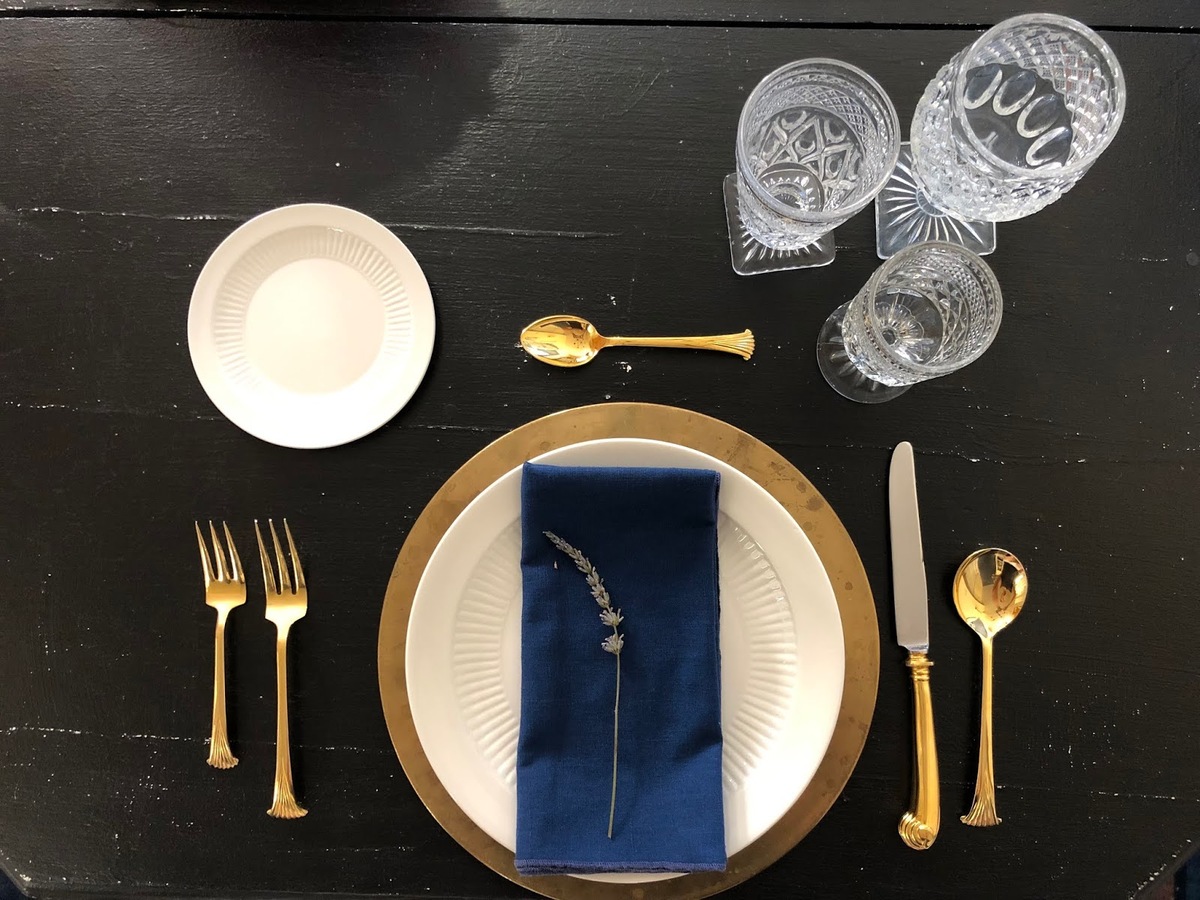

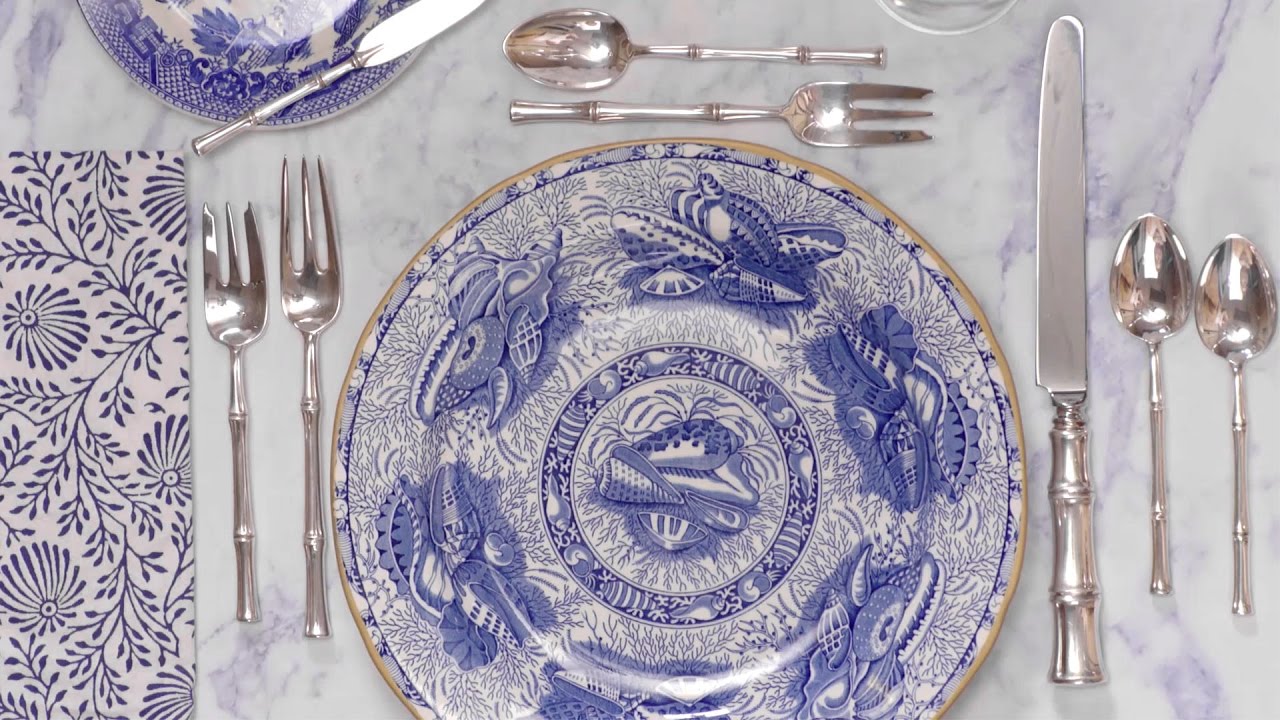
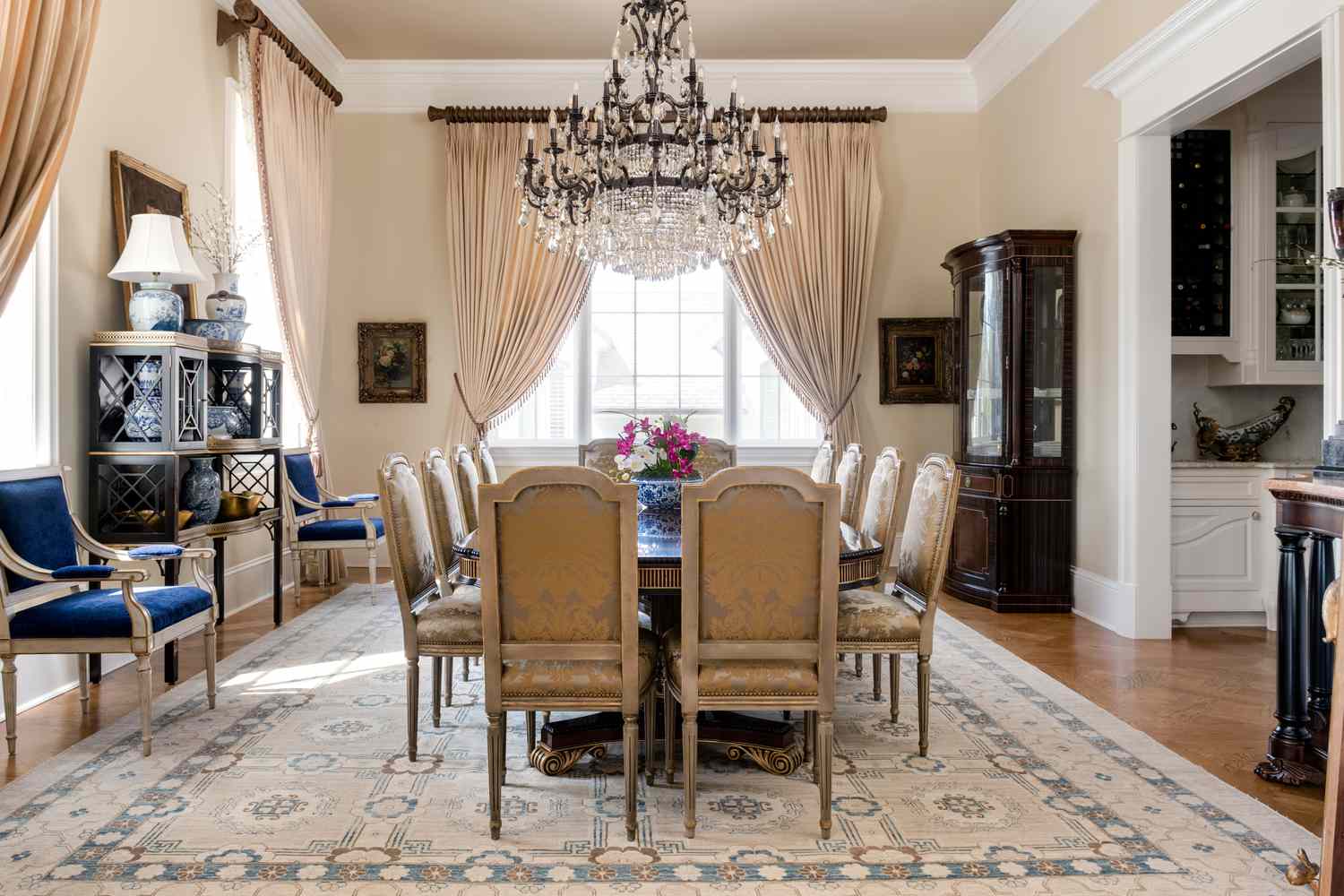
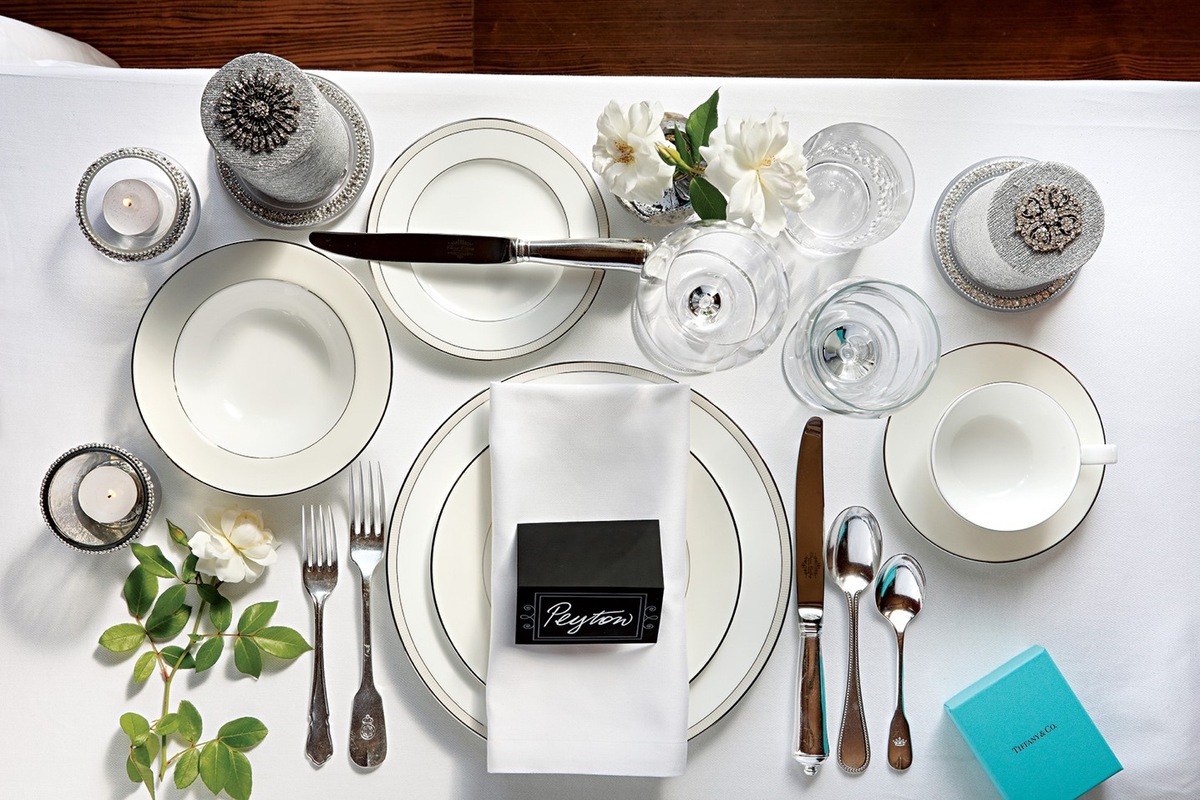

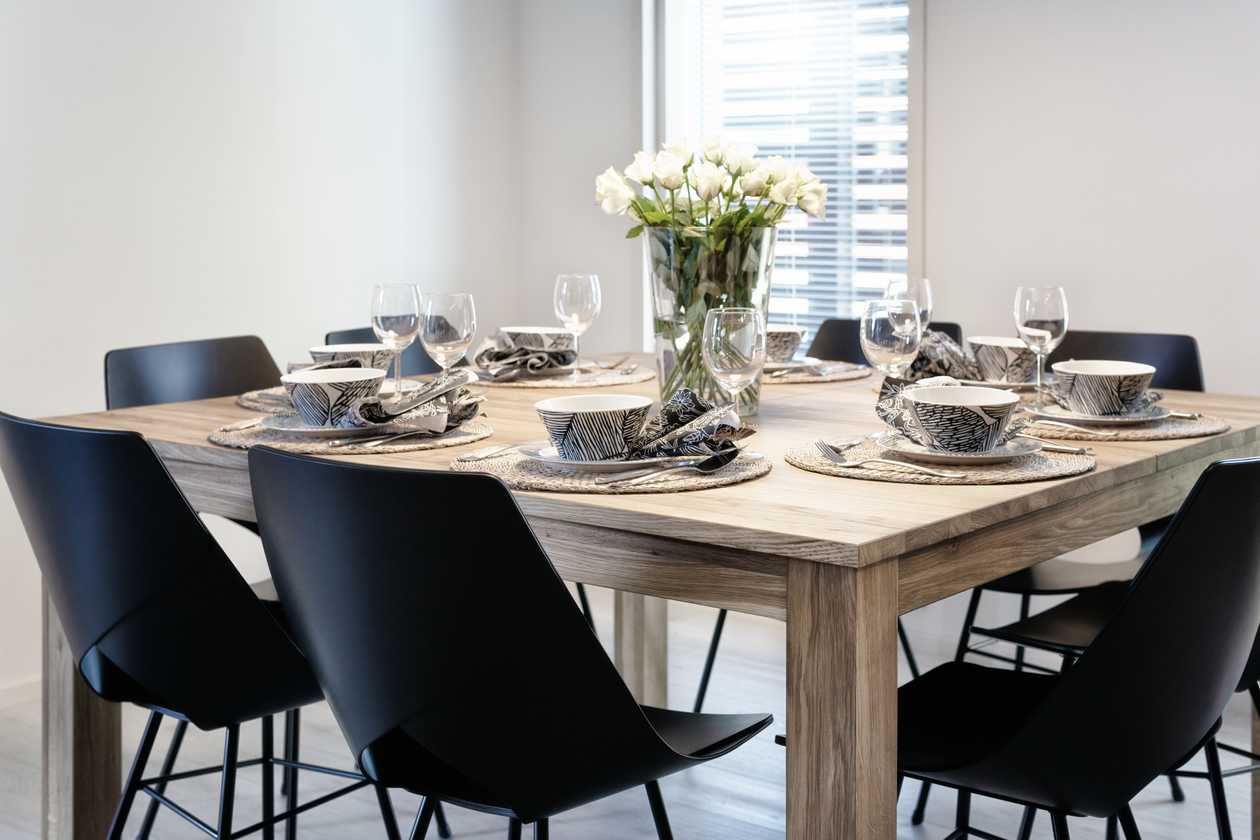
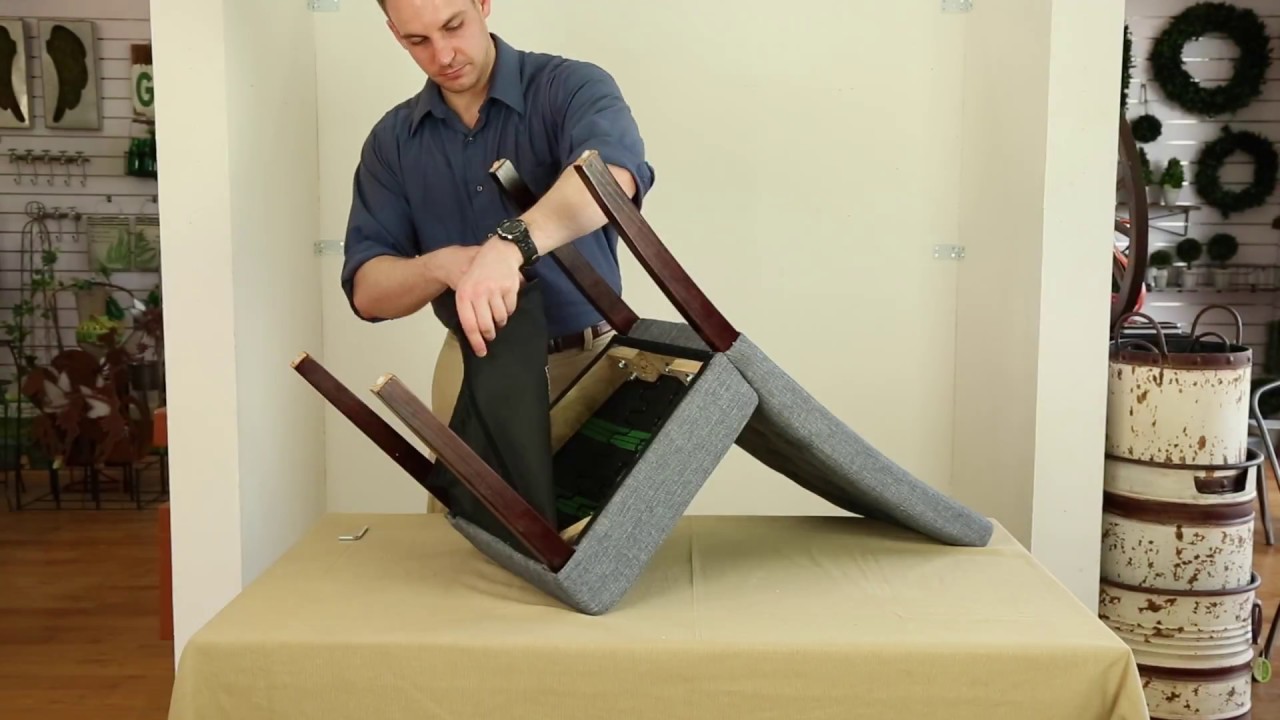
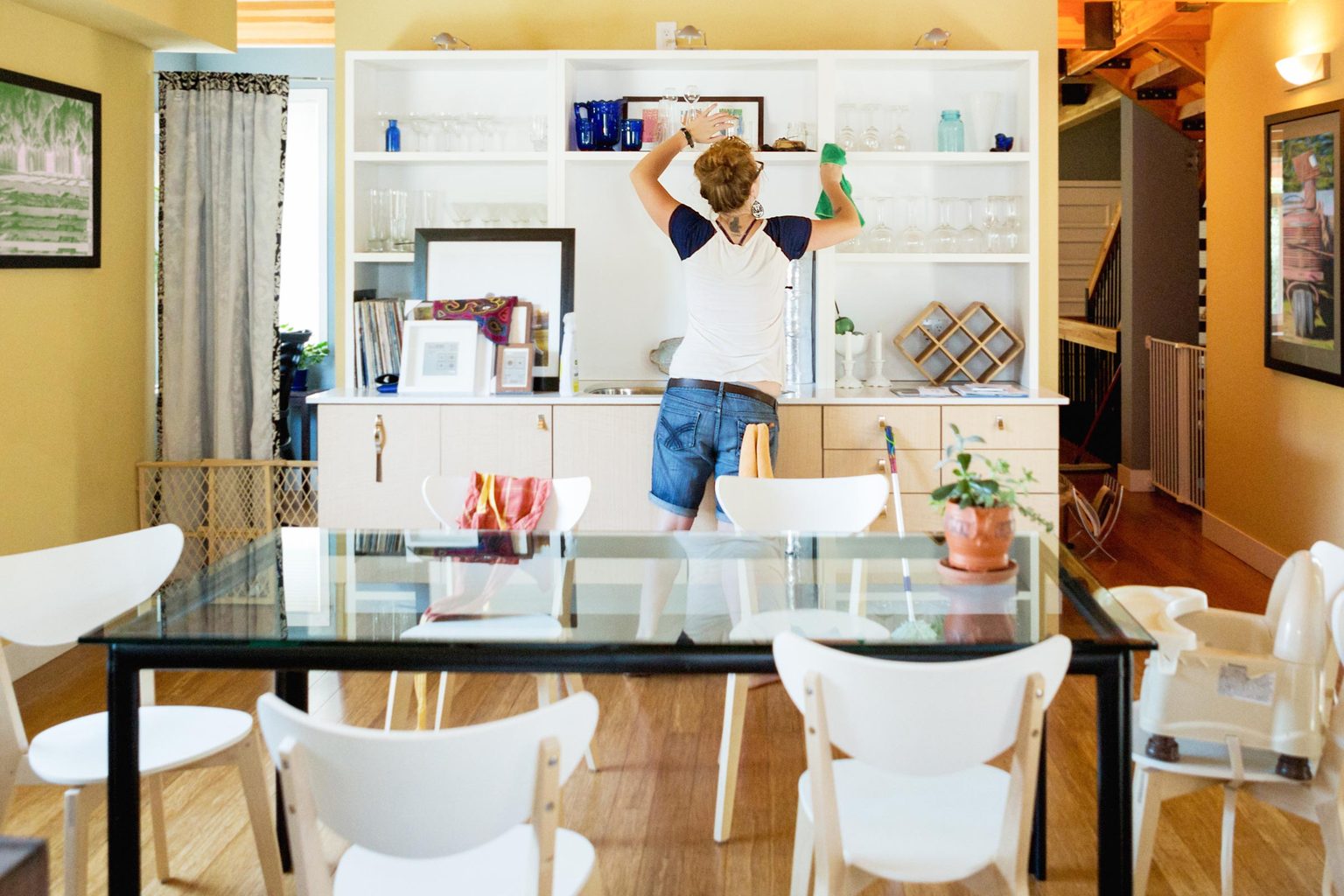
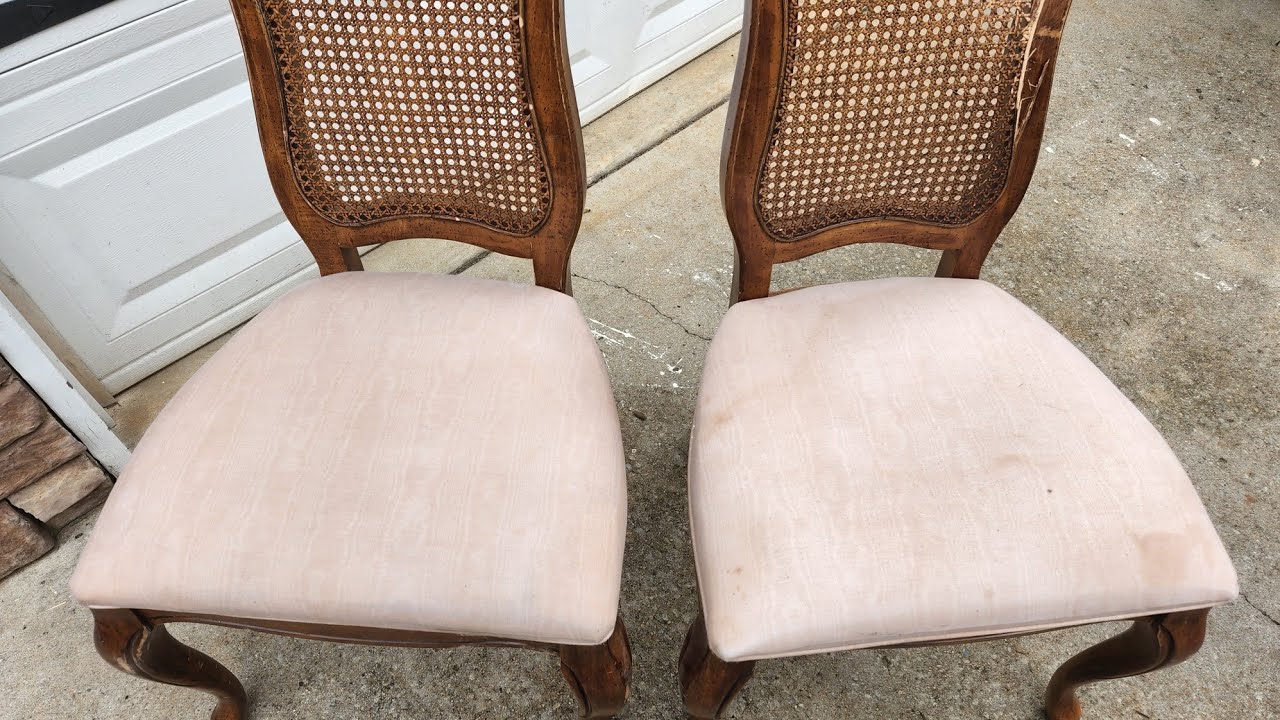
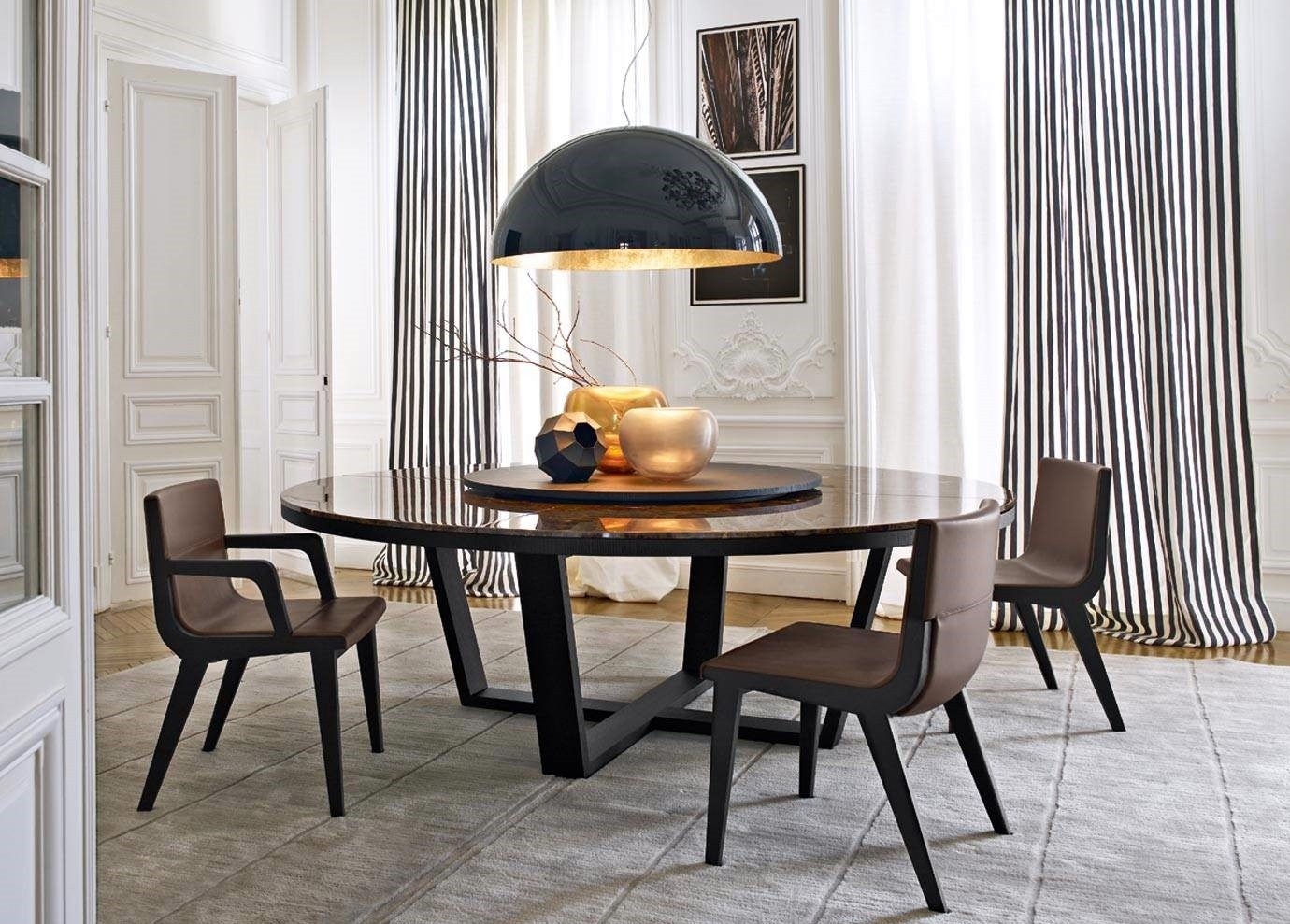
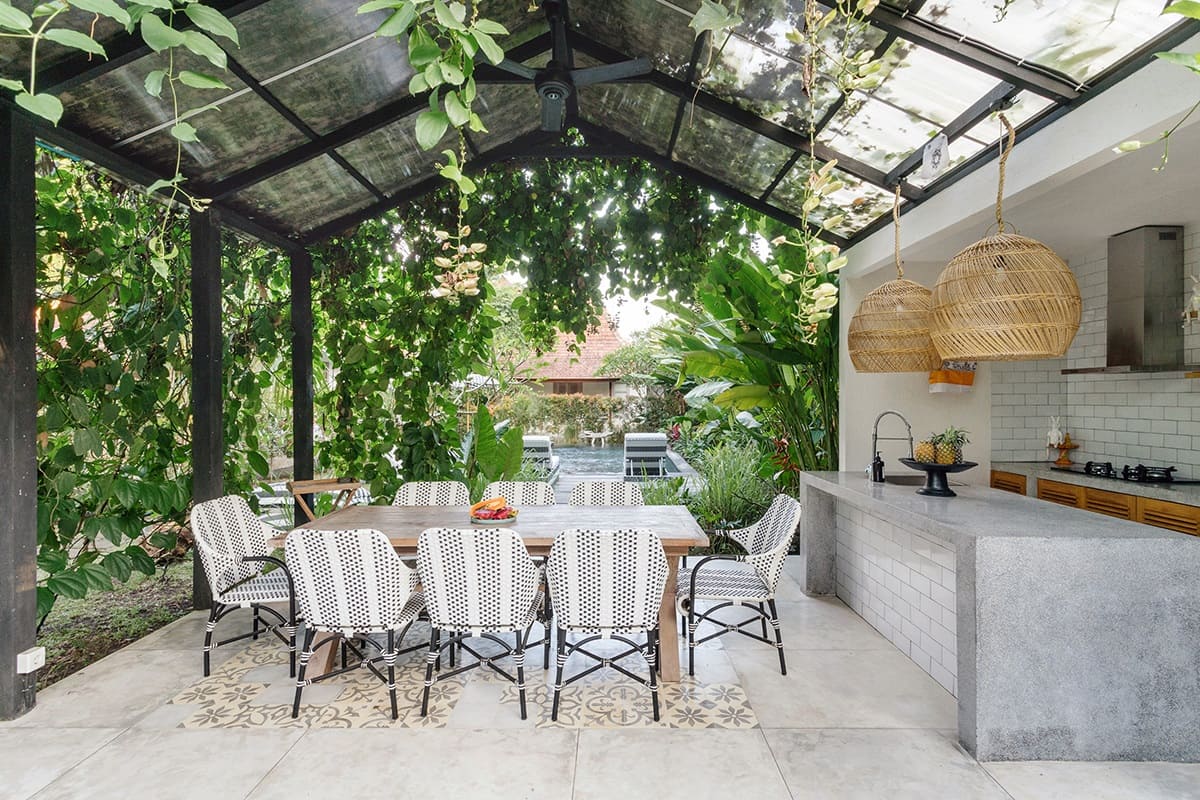
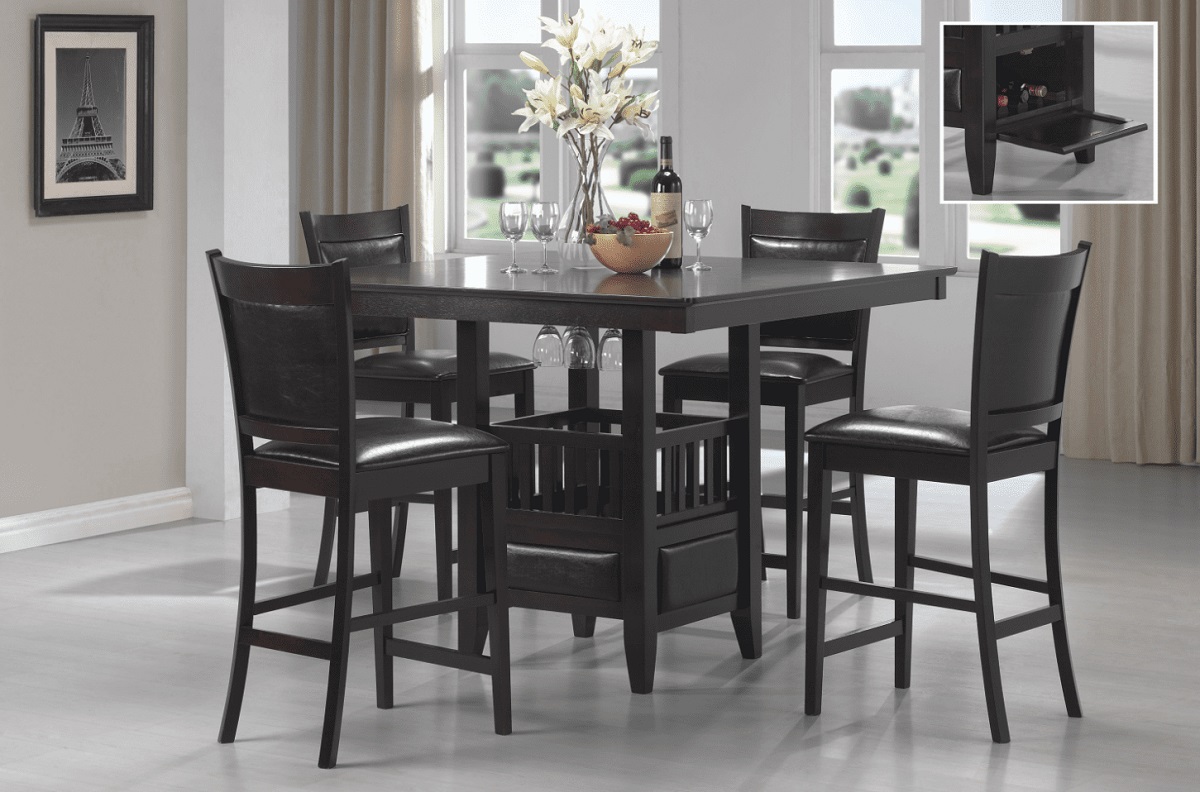
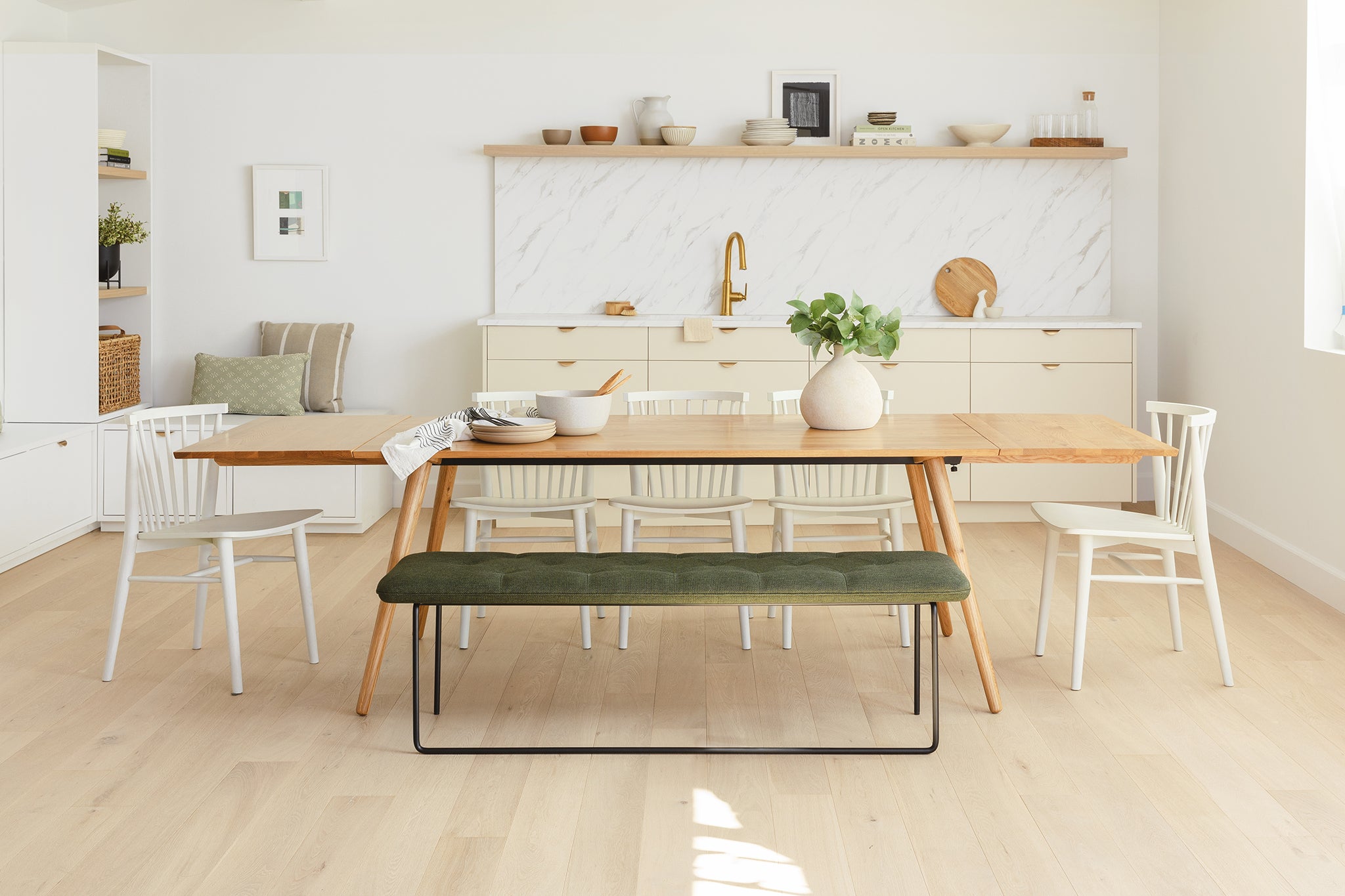

0 thoughts on “How To Set Up A Formal Dining Table”